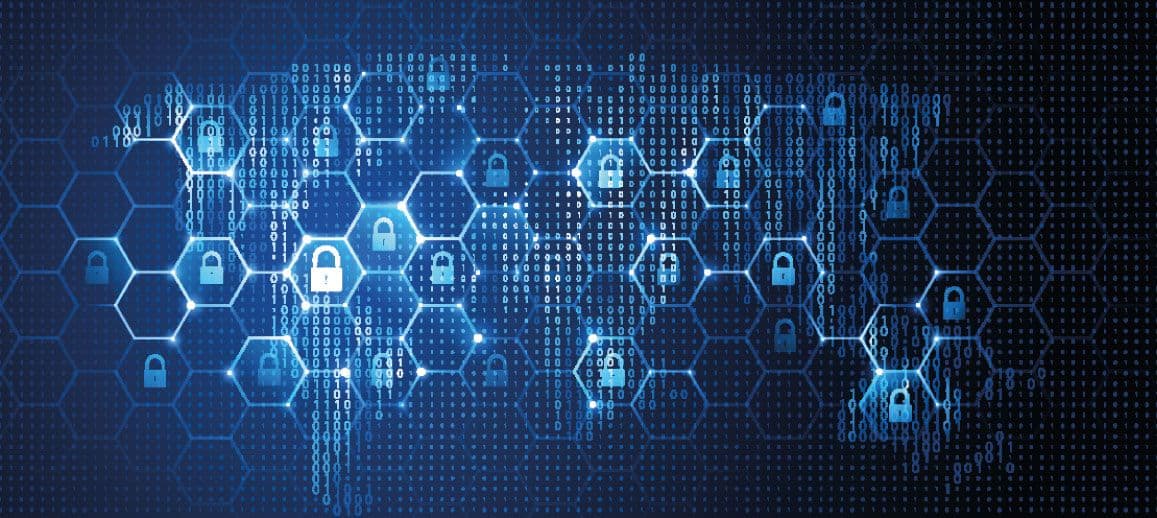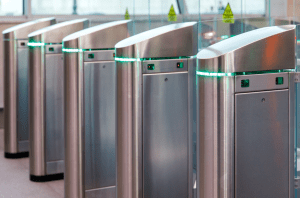Integrating Physical with Digital Security: A Comprehensive Approach to Business Safety
09 August, 2023
As more transactions and interactions move online, businesses are increasingly focused on and concerned with cyberattacks. But with the move to the cyber world and the Internet of Things, more devices are being used to connect to the Internet and access sensitive data; businesses have to protect an interconnected web of cyber-physical systems that requires a balance of cybersecurity and physical security.
Mobile devices and physical servers are becoming valuable targets for cybercriminals, and physical and cybersecurity have to go hand-in-hand. Access control, surveillance, and the use of security employees have an important role to play in the protection and monitoring of data and IT systems, and vice versa. In 2023, IFSEC Global found that 36% of IT and security professionals will invest in cybersecurity tools designed to enhance physical security.
A Multi-Faceted Approach To Safety
The main difference between physical security and cybersecurity strategies lies in the assets they protect. Physical security focuses on safeguarding tangible assets like buildings, equipment and people, while cybersecurity focuses on safeguarding intangible assets such as data and networks.
Physical security aims to prevent physical access to assets, whereas cybersecurity aims to prevent digital access. Both strategies employ multiple layers of prevention and detection.
Another distinction is that physical security is location-based, while cybersecurity is not dependent on location. This means that securing physical assets requires different strategies compared to securing information and data.
Physical security encompasses the protection of people, property, and physical assets from various physical risks like violence, theft, vandalism, and terrorism. Common physical security measures include entrance control solutions, security doors, glazing, walling and transfer units.
If physical security and cybersecurity aren’t integrated and function as standalone measures, there is a higher likelihood of successful attacks resulting in theft, economic damage, and the disruption of critical functions.
Physical security plays a role in protecting cybersecurity by limiting access to spaces where data is stored. Conversely, electronic security components connected to the Internet, such as key card door locks and surveillance cameras, can be targeted by hackers.
Physical security is essential for preventing unauthorised access, protecting intellectual property, and mitigating workplace violence, while a robust cybersecurity strategy ensures the security of sensitive data retained by physical systems.
In the realm of cybersecurity, physical security aims to minimise risks to information systems and data. Access to systems, equipment, and operating environments should be limited to authorised individuals, virtually and physically.
Why Should the Two Approaches Work Together?
The physical and digital realms are too interconnected to adopt separate protection strategies. If there is a gap in entrance control, for example, a criminal can easily install viruses or malware in a company’s network using a simple USB. If a hacker can access an air conditioning system, they can increase the temperature to the point of rendering network servers inoperable, causing massive disruptions to the operations. If an attacker can infiltrate the telecommunications of a business, they can interrupt communication with emergency services during a physical attack.
Criminals may use physical access to install hidden devices, such as hardware or network interceptors, to intercept data or conduct surveillance. These devices can capture network traffic, record keystrokes, or eavesdrop on communications.
In today’s interconnected world, where the lines between physical and virtual reality are blurred, physical and digital security is necessary to improve the safety posture of your business.
The Benefits of Integrating Physical and Digital Security
The convergence of cyber-physical security offers numerous advantages:
Cost Savings
By fostering collaboration between your facilities team and information security team, you can identify instances where one team’s control measures can eliminate the need for redundant investments by the other team. This collaboration can also help prevent unforeseen costs associated with new security projects.
Improved Incident Response
When both teams work together, incidents can be responded to quickly and effectively. Aligning physical security measures with cybersecurity measures enables streamlined alerts and coordinated incident response.
Risk Reduction
Sharing cyber risk data with the facilities team allows for better management of risks from a physical perspective and vice versa. This holistic approach helps identify and address vulnerabilities across both cyber and physical domains.
Cybersecurity as a Foundation for Physical Security
Cybersecurity plays a crucial role in establishing a framework for implementing physical security measures. The cybersecurity measures a company adopts often dictate the appropriate physical security barriers and deterrents to be employed. Since cybersecurity systems have limitations, physical security should still be maintained to reinforce overall business security.
Safetell’s Solution
Physical and cybersecurity function as two sides of the same coin. Each has a unique, overlapping role to play in the overall protection of a business, its employees, its customers, its assets, and its data.
If you would like to improve the safety of your workplace, get in touch with Safetell. With decades of experience improving the physical safety of businesses in a number of sectors, we can work with your physical and cybersecurity team to address your concerns and develop bespoke solutions that match your business needs.












